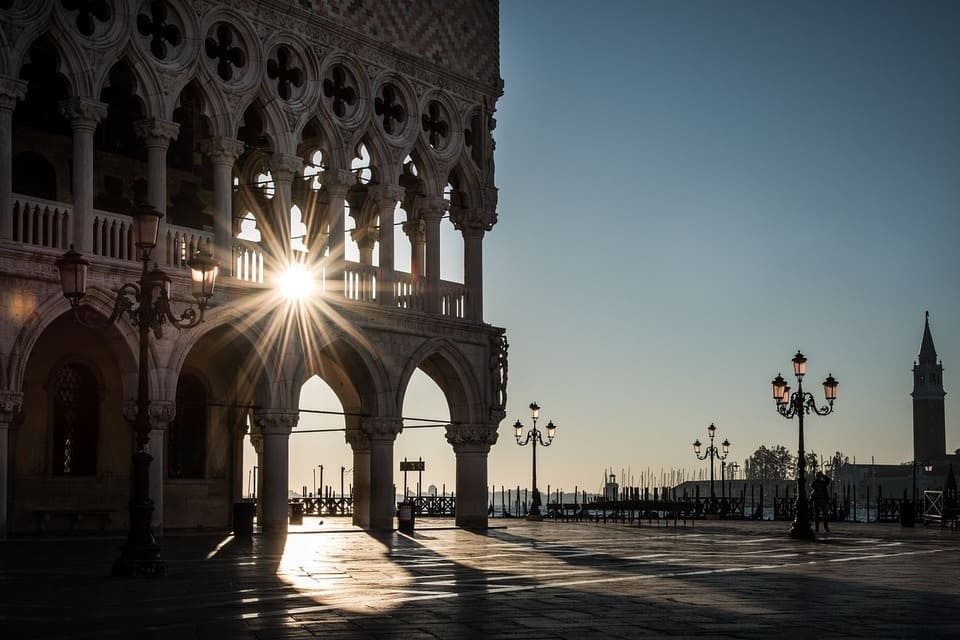
Italian Influence on Maltese: Linguistic Similarities and Translation Dynamics
Maltese shows a significant morphological influence from Romance languages, particularly Italian and Sicilian. This unique convergence makes Maltese the sole Semitic language employing Latin script, a feature that highlights its linguistic distinctiveness. This blog aims to analyze the layers of linguistic interconnection, focusing on the morphological, syntactical, and lexical elements that Maltese has absorbed from Italian and Sicilian. Through a detailed analysis of loanwords, grammatical structures, and translation methodologies, we aim to give an understanding of how the language has changed over time and how it interacts with other languages in the Mediterranean region.
Impact of the Italian Language on Maltese
The origins of the Maltese language itself are rooted in a combination of Arabic, Sicilian, and Italian influences. The arrival of Arab conquerors in the 9th century infused the local language with a significant Arabic vocabulary, while Sicilian and Italian elements gradually intertwined due to geographical proximity and colonial ties.
The Italian impact on Maltese is particularly notable due to Malta's historical ties to the Kingdom of Sicily and the influence of the Order of St. John, a Catholic military order originating in Italy. As Sicilian and Italian powers dominated the region, Italian became the language of diplomacy, administration, and the educated elite. This led to the infiltration of Italian vocabulary and grammatical structures into Maltese.
The Renaissance era marked a crucial period of cultural exchange between Italy and Malta. As the Italian Renaissance flourished, its intellectual and artistic currents rippled across the Mediterranean, influencing Maltese literature, art, and thought. During this time, many Maltese scholars traveled to Italian universities, absorbing the Italian language and cultural ethos. Consequently, Italian loanwords entered the Maltese lexicon, often relating to art, science, religion, and governance.
The spread of the Italian language in Malta faced moments of tension, particularly during periods of foreign rule and political upheaval. As foreign powers vied for control, linguistic allegiances shifted. The British colonial era, for instance, saw a decline in Italian influence due to the imposition of English as the administrative language. This shift, however, could not erase the centuries-old linguistic interplay between Italian and Maltese.
Despite political and social transformations, the Italian influence on Maltese has endured, revealing itself not only in vocabulary but also in idiomatic expressions, phonetic nuances, and grammatical constructs. These linguistic echoes serve as reminders of the intertwined historical trajectories of the two languages and the cultural bridges that have connected Malta and Italy throughout history.
In contemporary Malta, Italian continues to be studied and appreciated, both for its cultural heritage and practical applications. This reflects the lasting impact of linguistic exchanges that have shaped Malta's identity, positioning it as a hub of languages and cultures where Italian influences have left a lasting impression on the Maltese language.
Similarities between Italian and Maltese Languages
Despite originating from different language families - with Italian being Romance and Maltese being Semitic - their closeness and historical ties have led to noticeable similarities.
- Vocabulary and Loanwords - Over the centuries, due to geographical proximity and historical interactions, the Maltese language absorbed a significant number of Italian loanwords. These borrowings span various domains, including religion, art, architecture, and everyday life. For instance, words like "kappella" (chapel), "karta" (card), and "librerija" (bookshop) showcase the Italian influence on Maltese vocabulary.
- Phonetic Resonance - While Maltese is rooted in the Semitic language family, its phonetics have been influenced by both Arabic and Italian. Certain sounds and phonetic patterns found in Italian closely align with those in Maltese, creating an auditory familiarity between the two languages. This resonance can be heard in the pronunciation of vowels and consonants, contributing to a sense of phonological affinity.
- Common Idiomatic Expressions - Shared historical experiences and cultural connections have led to the development of common idiomatic expressions between Maltese and Italian. These expressions often reflect shared values, experiences, and concepts. For example, the Maltese expression "ħarsa wieħed" (one glance) has its counterpart in Italian as "un colpo d'occhio," both conveying the idea of a quick look or glimpse.
- Cultural Overlaps - The historical ties between Malta and Italy have facilitated the transfer of cultural concepts and practices, leading to linguistic parallels. Expressions related to food, religion, and familial relationships often exhibit striking similarities. The influence of Italian opera and literature on Maltese arts and literature has also led to the adoption of certain literary conventions and poetic forms.
- Syntax and Grammar - While the overall grammar and syntax of Maltese and Italian differ due to their distinct language families, there are instances of shared grammatical structures. Both languages use prepositions to indicate relationships between words, and they share similar tense and mood formations. This syntactic commonality may reflect the shared linguistic contact points in their histories.
- Linguistic Adaptations - The interaction from Italian to Maltese has led to creative adaptations and innovations in both languages. In some cases, words from one language were "Maltesified" or "Italianized" to fit the phonological and grammatical patterns of the other. This linguistic flexibility exemplifies the dynamic nature of language and its ability to evolve through contact and exchange.
The similarities between Italian and Maltese languages offer an interesting view of how language, culture, and history interact. They show that languages reflect the shared experiences of communities and are shaped by their interactions. The ongoing connection between these languages highlights the impact of linguistic exchanges.
Modern Maltese-Italian Translation with PoliLingua's Official Services
Indeed, despite sharing similarities, Maltese and Italian are distinct languages with unique characteristics. The need for translation services between these languages is evident across various sectors, including business communication, diplomatic affairs, and other matters.
PoliLingua stands out as a trusted translation service provider, offering translations that effectively address the differences between Maltese and Italian languages with precision
- The Significance of Accurate Translation - Accurate translation is pivotal in preserving the intended message, nuances, and cultural contexts of the source text. This becomes especially important in the case of Italian to Maltese translation and vice versa, as their historical connections contribute to shared linguistic elements that require a keen understanding for effective translation. PoliLingua's professional translators possess the necessary expertise to navigate these complexities.
- Navigating Historical and Cultural Nuances - Maltese to Italian translations delve beyond mere language, embracing historical and cultural nuances that shape the text's essence. PoliLingua's team grasps the intricate cultural threads that run through both languages, allowing them to aptly capture context-specific references and idiosyncrasies. This cultural sensitivity ensures that translations resonate authentically with the target audience.
- Official Translations for Modern Demands - Official translations are indispensable in various domains, including legal, academic, and business contexts. PoliLingua recognizes the significance of precision in these translations. Their professional linguists meticulously craft translations that adhere to the original's legal and technical accuracy. Whether it's translating legal documents, academic research, or business contracts, PoliLingua's official translations are recognized and respected.
- A Catalyst for Cross-Cultural Exchange - The partnership between PoliLingua and the intricate translation dynamics of Maltese to Italian epitomizes how professional translation services can facilitate cross-cultural exchanges. PoliLingua's expertise not only ensures accurate linguistic translations but also bridges cultural gaps, fostering understanding and collaboration between individuals and entities across language barriers.
- Fostering Connectivity and Communication - As the world becomes increasingly interconnected, the role of proficient translation services gains prominence. PoliLingua's dedication to accurate and culturally sensitive translations contributes to a world where linguistic diversity is celebrated rather than hindered. Their services open doors for effective communication, enabling individuals and businesses to navigate global landscapes effortlessly.
In conclusion, the world of translation is a vital conduit for harmonious cross-cultural interactions. The interplay between Italian and Maltese, expertly handled by PoliLingua, exemplifies how linguistic diversity can be harnessed to foster understanding and collaboration. Through their dedication to precision, cultural sensitivity, and authenticity, PoliLingua's official translations exemplify the power of effective communication in transcending linguistic and cultural barriers, ultimately enhancing global connectivity.







